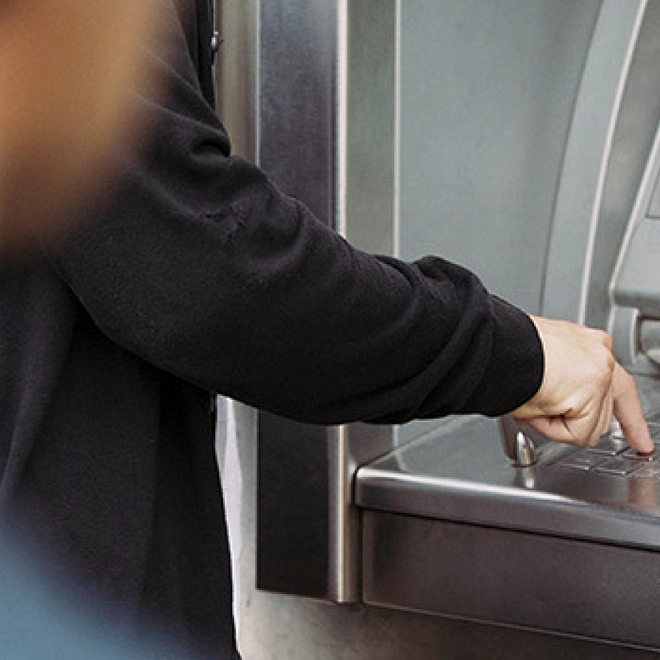General deductibility & capital limitation
Inland Revenue accepts it is highly likely SaaS C&C costs will have the necessary nexus with income to be deductible, but that in many cases expenditure will be capital in nature. It reaches this conclusion with reference to case law on the capital/revenue divide, and points to the main factors being because taxpayers primarily incur SaaS C&C costs to “transform or enhance the taxpayer’s business structure” and, by incurring SaaS C&C costs, the taxpayer obtains an “enduring benefit” through gaining access to a customised, technologically advanced, SaaS application. As capital expenditure, Inland Revenue then discusses the two broad ways a deduction could still be allowed: as research & development (R&D) expenditure, or under the depreciation rules.
Our comment: While Inland Revenue references certain case law tests, it seems reluctant to mention a SaaS contract length that may indicate C&C costs being revenue (as opposed to capital) in nature. For example, in the BP Australia case (referenced in the Draft Guidance) it was suggested that a contract length of 1-2 years may point to it being revenue in nature (and the actual length of 5 years was considered neutral from a capital/revenue standpoint). There are also some areas left open to interpretation, for example, whether the enduring test should be applied from a “legal” or “functional” point of view. For example, whether a two-year contract should be viewed as giving rise to a two-year benefit (for the purposes of applying the test), compared to the taxpayer's purpose which might be to try and regularly roll it over for a longer period.
Deductible R&D (DB 34 deduction)
Despite being capital in nature, an immediate deduction is allowed for expenditure incurred on R&D that is expensed for accounting purposes, when applying particular parts of NZ IAS 38 (a “DB 34 deduction”). Inland Revenue’s view in the Draft Guidance is that s DB 34 may apply, but to internally generated SaaS C&C costs only. That is, costs incurred “in-house” or incurred on third-party contractors engaged directly by the taxpayer to undertake C&C. Costs incurred on the C&C work undertaken by the SaaS provider, or the SaaS provider’s subcontractor wouldn’t qualify.
To qualify as a DB 34 deduction, expenditure must also meet the definition of R&D. Inland Revenue’s view is that:
- It is unlikely C&C would meet the definition of research.
- It is possible configuration activities could be considered development depending on the specific nature of activities undertaken, and this would more likely be the case when configuration requires the application of techniques that are complex and new.
- Customisation has greater scope to be development when it is not routine or business-as-usual, but instead involves modifications, improvements or enhancements of a SaaS application.
Our comment: It is helpful that Inland Revenue has reached the view that the specific parts of IAS 38 referenced in s DB 34 can potentially apply.
Practically, it may be difficult for taxpayers to trace expenditure back to specific activities, in order to consider if the definition of development has been met. Robust processes and tracking of costs would be needed. In our view, any application of s DB 34 should be undertaken carefully against the IAS 38 definitions and well documented. In addition, taxpayers will need to consider whether such expenditure may need to be disclosed as ‘research and development’ given the IAS 38 disclosure requirements. Inland Revenue is silent on these disclosure requirements in the Draft Guidance which is something taxpayers and their auditors will need to consider carefully.





